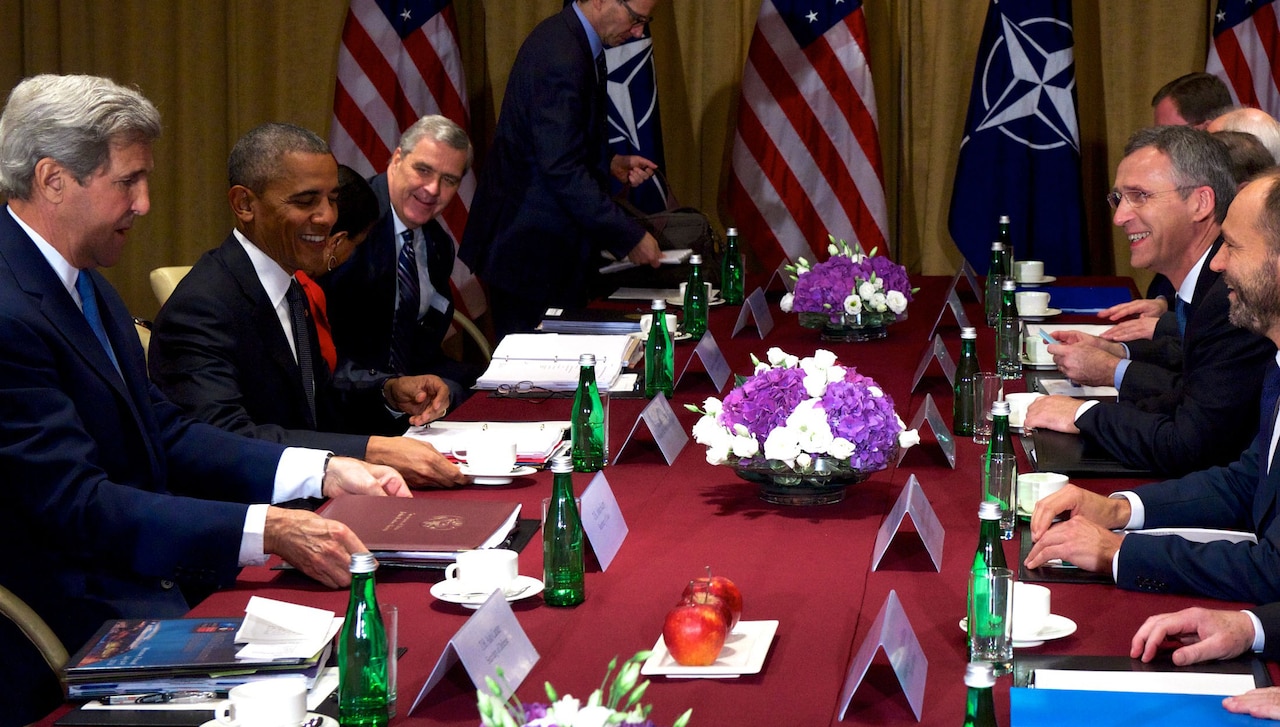NATO Summit Agenda

The NATO summit was held on July 11-12, 2023, in Vilnius, Lithuania. The summit brought together leaders from all 30 NATO member states to discuss a range of issues, including the war in Ukraine, the security challenges posed by Russia and China, and the future of the alliance.
The summit agenda was divided into three main sessions: the first session focused on the war in Ukraine, the second session focused on the security challenges posed by Russia and China, and the third session focused on the future of the alliance.
War in Ukraine
The war in Ukraine was the top priority for NATO leaders at the summit. Leaders discussed the latest developments in the war, including the ongoing Russian offensive in the Donbas region. They also discussed ways to increase support for Ukraine, including providing more military aid and financial assistance.
The NATO Summit is a significant event that brings together leaders from member countries to discuss critical issues affecting the alliance. This year’s summit, to be held in Washington, D.C. ( nato summit washington dc ), is expected to focus on strengthening the alliance’s unity and addressing emerging security challenges.
Security Challenges Posed by Russia and China
NATO leaders also discussed the security challenges posed by Russia and China. Leaders expressed concern about Russia’s continued aggression against Ukraine and its efforts to destabilize other countries in the region. They also discussed China’s growing military power and its ambitions in the Asia-Pacific region.
Future of the Alliance
NATO leaders also discussed the future of the alliance. Leaders agreed that NATO must continue to adapt to meet the changing security challenges of the 21st century. They also discussed ways to strengthen the alliance’s deterrence and defense capabilities.
The NATO summit brought together leaders from across the alliance’s 30 member states, including the United States, the United Kingdom, France, Germany, and Canada. NATO members discussed a wide range of issues, including the ongoing war in Ukraine, the threat from Russia, and the need to strengthen the alliance’s defenses.
Member State Perspectives: Nato Summit
At the NATO Summit, member states expressed diverse perspectives and positions, reflecting their individual geopolitical interests and priorities. While consensus existed on key issues, areas of disagreement also emerged, shaping the dynamics of the summit.
Geopolitical factors, such as proximity to Russia, historical experiences, and economic ties, played a significant role in influencing member state views. For instance, countries bordering Russia emphasized the need for robust deterrence, while those with closer economic ties to Russia sought a more balanced approach.
Consensus on Key Issues
- Reaffirmation of Article 5 and commitment to collective defense.
- Recognition of the threat posed by Russia’s invasion of Ukraine.
- Support for Ukraine’s sovereignty and territorial integrity.
Areas of Disagreement
- Level of military support to Ukraine: Some members favored providing heavy weapons, while others preferred a more cautious approach.
- Sanctions on Russia: Differences emerged over the severity and scope of sanctions, with some members advocating for more stringent measures.
- Engagement with Russia: While most members agreed on the need for deterrence, some called for channels of dialogue to remain open.
Global Security Implications

The NATO summit has significant implications for global security, shaping regional conflicts, international relations, and the security landscape for non-NATO countries.
The summit reinforces NATO’s commitment to collective defense, signaling a strong stance against potential aggressors. It strengthens the alliance’s ability to respond to threats and maintain stability in Europe and beyond.
Regional Conflicts, Nato summit
The summit’s focus on deterring Russian aggression has implications for regional conflicts, particularly in Ukraine. NATO’s increased support for Ukraine strengthens its ability to resist Russian advances, potentially prolonging the conflict.
International Relations
The summit sends a message to Russia and other potential adversaries, demonstrating NATO’s resolve to protect its members and maintain the security order in Europe. It also affects relationships with non-aligned countries, influencing their security policies and geopolitical alignments.
Non-NATO Countries
The summit’s implications for non-NATO countries depend on their proximity to NATO members and their relationships with Russia. Countries bordering NATO members may benefit from increased security guarantees, while those closer to Russia may face heightened tensions.
